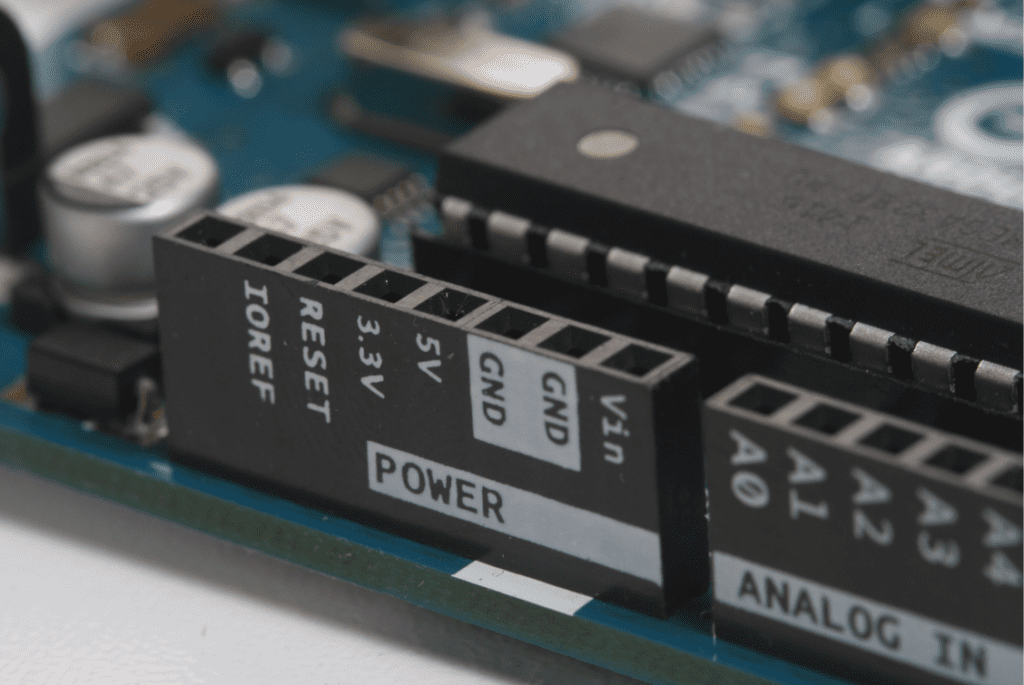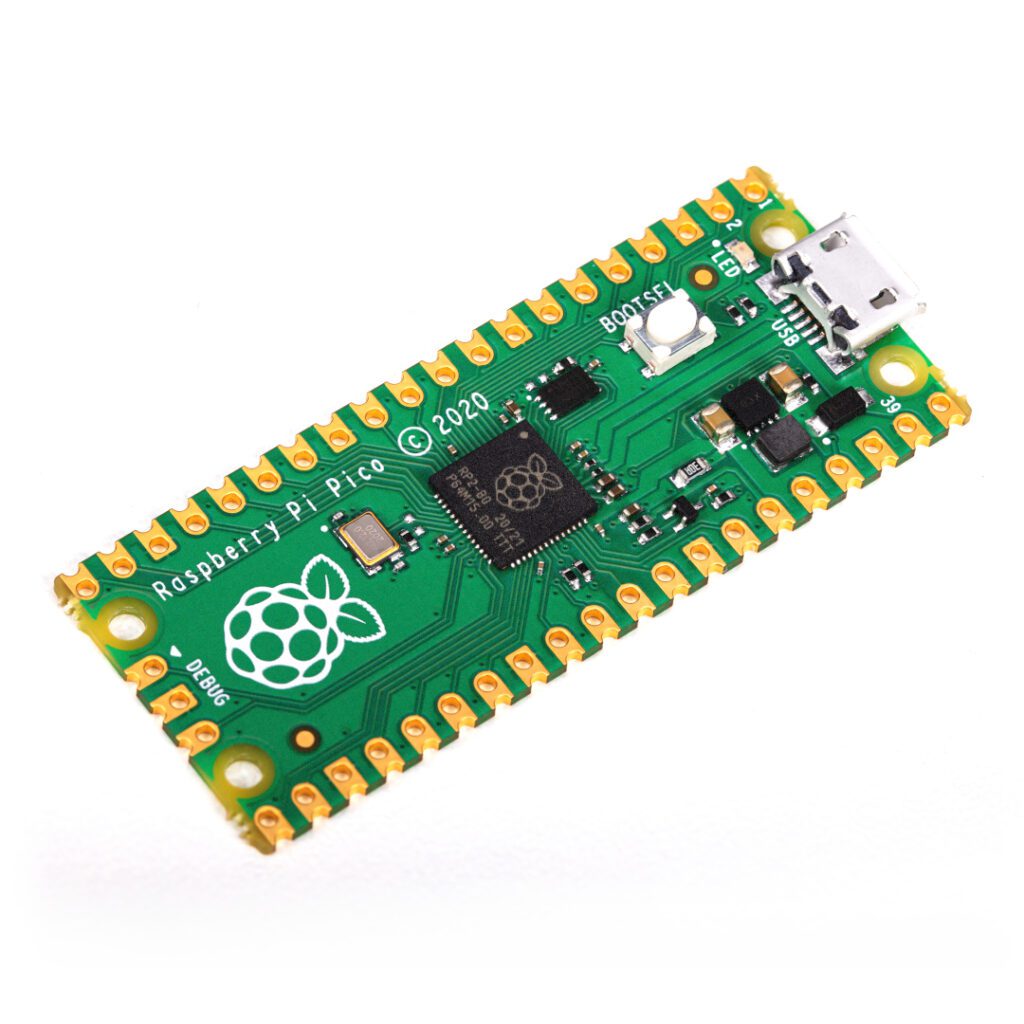Table of Contents:
The pursuit of miniaturization in the world of electronics design is not slowing down.
Self-built systems using the Arduino platform are extremely popular, so new solutions are constantly emerging that are becoming more compact and powerful.
In this context, it is worth noting the PICO model – the world’s smallest board compliant with the Arduino standard, which has introduced significant changes in the miniaturization category.
What are its specifications? What is worth knowing about it? Where can you use the Arduino PICO?
We answer the most important questions.
How was the Arduino PICO board created?
The PICO model was born thanks to the enthusiasm and commitment of the electronics community and platform enthusiasts Arduino. They initiated a crowdfunding campaign on the Kickstarter platform.
Such versions of microcomputers as BeanDuino and Arduino HCC MOD have gone through a similar path.
It was thanks to the support of the community and the funding raised throughout the process that this ambitious project was made possible.
The campaign on Kickstarter became a key moment to raise funds and bring the Arduino PICO to market – the board quickly gained recognition among many enthusiasts of electronic DIY projects.
What is the Arduino PICO?
The Arduino PICO is a compact and innovative board that has gained popularity as one of the world’s smallest Arduino-compliant platforms.
It measures only 15×15 mm, which makes it only 5 mm² larger than the aforementioned BeanDuino, but this minimal difference translates into a significant increase in capabilities.
At the heart of the board is a state-of-the-art Atmega32-U4 microcontroller, which has a USB 2.0 HID interface.
This makes programming and communication with the board even more intuitive.
In addition, the presence of a microUSB socket makes everyday use easier, allowing the use of commonly available cables.
The Arduino PICO is also compatible with contact boards, making it easy to prototype and test projects without soldering components.
This makes the compact model an excellent choice for anyone looking for an effective yet small tool for experimenting with electronics.
Where can the Arduino PICO be used?
Thanks to its compact size and advanced capabilities, the Arduino PICO is used in a variety of fields.
Below are a few areas where this model can do a great job:
1. hobby projects
The Arduino PICO can be successfully used in many hobby projects where miniaturization is key.
Enthusiasts of electronics, robotics or home automation reach for this board when creating compact control systems, for example.
2. programming education
Due to its ease of use and compatibility with the popular development environment, the Arduino PICO is an excellent tool for learning programming and electronics basics.
It will work well for an introduction to the world of coding both in schools and at home.
3. prototyping and testing
With the ability to work with contact boards and simple programming, the Arduino PICO is a great tool for prototyping new ideas.
Engineers and designers can quickly test various concepts before transferring them to more advanced platforms.
4. home automation
In home automation applications, the Arduino PICO can act as a compact controller for managing lighting, heating, or even security systems.
Thanks to its small size, it is easy to place such a board anywhere.
What is worth knowing about the Arduino's rival, the Raspberry Pi Pico?
Looking for an alternative to the Arduino PICO?
The Raspberry Pi Pico minicomputer may be a good solution.
Compared to the company’s previous products, the RPi Pico is based on a dual-core ARM Cortex M0+ microcontroller, offering users an impressive clock frequency of up to 133 MHz.
Equipped with 2 MB of Flash memory and 264 kB of SRAM, and rich in peripherals such as two UART interfaces, I2C blocks, SPI controllers and 16 PWM channels, the Raspberry Pi Pico provides a wide range of application possibilities.
In addition, the built-in buck-boost DC/DC converter allows the module to be powered by voltages ranging from 1.8 V to 5.5 V, another step toward simplifying the design of electronic systems.
The Raspberry Pi Pico also stands out for its software support, which includes Micropython implementation and integration with the Arduino IDE ecosystem, among other features.
This makes the platform an attractive option for a wide range of users, both experienced programmers and those just starting out in electronics.
In addition, the ability to program the module with a Raspberry Pi 4B minicomputer adds flexibility and simplifies the application development process.
The Raspberry Pi Pico is thus a worthy rival to the Arduino PICO, setting new standards in the field of microcontrollers.
How useful was this post?
Click on a star to rate it!
Average rating 0 / 5. Vote count: 0
No votes so far! Be the first to rate this post.





















